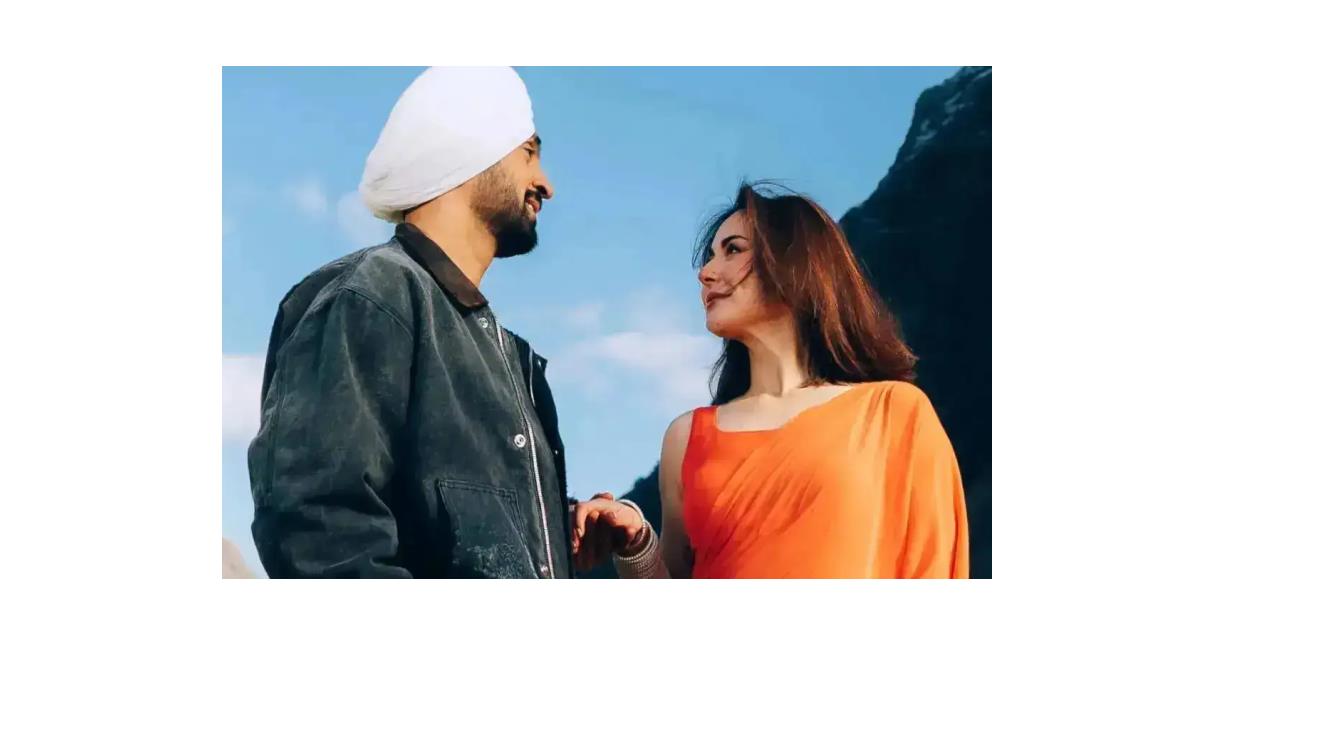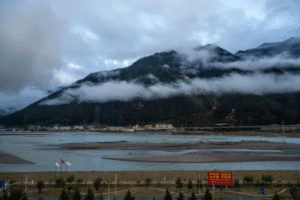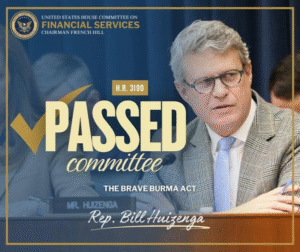Diljit Dosanjh’s new film is a global success. Why can’t Indians watch it?
Indian cinemagoers are barred from the Punjabi and Bollywood actor’s latest hit over objections to his Pakistani co-star.
Published On 19 Jul 202519 Jul 2025
New Delhi, India – In a career marked by chart-topping music and highly acclaimed performances, Punjabi actor Diljit Dosanjh is cruising towards yet another milestone on his list: Delivering the highest-grossing Punjabi film.
“Sardaar Ji 3”, the latest horror-comedy by Dosanjh, one of Asia’s most bankable artists, has been shattering records abroad. But, in his own home country, India, the film has not been released and remains out of bounds for more than one billion people.
Dosanjh and his latest film – released globally on June 27 – have been marred by a political and cultural controversy over the nationality of his film’s co-star, Hania Amir, a Pakistani actor.
Last year, Dosanjh sold out arenas in the US, Canada, and across Europe during his Dil-Luminati world tour. He became the first Indian artist to perform at the Coachella festival in California and, more recently, walked down the Met Gala carpet in an iconic turban. Dosanjh has also carved out a unique space for himself in Bollywood as both a crowd-puller and a critical favourite.
But at home, he is now facing calls for a boycott and the impounding of his passport. Film critics and political analysts, however, say this is part of a growing pattern of censorship and an attempt to restrict artistic freedom in India, to heed the nationalists’ demands.
So, why is India blocking the work of one of its most successful artists?
Why is Dosanjh’s latest film controversial?
Sardaar Ji 3, the third instalment of the popular horror-comedy franchise directed by Amar Hundal, stars a popular Punjabi pair – Dosanjh and Neeru Bajwa – in lead roles, alongside Pakistan’s Hania Aamir.
Shortly after the film’s production was wrapped in April this year, suspected rebels in Indian-administered Kashmir’s resort town of Pahalgam killed 26 people, all but one of them tourists.
New Delhi immediately blamed Pakistan, which it said had supported the deadly “terrorist attack”, but Islamabad denied involvement. In the coming days, the two countries engaged in a four-day conflict, the most expansive between the nuclear-armed neighbours in decades.
When Dosanjh released the trailer for his upcoming film last month, the casting of Aamir took many by surprise – and prompted outrage.
Why has the Indian government blocked Sadaar Ji 3?
The film has not received certification from India’s Central Board of Film Certification (CBFC) and has not been released in Indian cinemas.
The Indian government also “geoblocked” (restricted online access to) the film’s trailer in India; however, the teaser and film’s album, which do not include shots of Aamir, remain accessible.
Following the Kashmir attack in April, the Indian government swiftly brought in a series of digital crackdowns. This included blocking thousands of Pakistani social media handles on platforms like Instagram and X (formerly Twitter), including the accounts of celebrities such as Aamir, Fawad Khan and Mahira Khan.
The government, which is led by Prime Minister Narendra Modi, also blocked access to the social media accounts of Pakistani journalists and news outlets in India.
The government then issued an advisory on May 8, directing all video platforms, streaming services and digital intermediaries to immediately remove Pakistani-origin entertainment content, including web series, films, songs, podcasts and other media.
In addition, the government banned 16 prominent Pakistani YouTube channels, including those of Geo News, ARY News, and Samaa TV, which collectively had more than 63 million subscribers, for allegedly spreading misinformation, provocative narratives, and content targeting India’s armed forces and sovereignty.
Rahul Desai, a Mumbai-based film and TV critic, said blocking access to films over casting choices has become “an excuse to antagonise Pakistan” under the current government.
“It’s a vicious cycle because a lot of the cinema is informed by pro-establishment choices in India,” he told Al Jazeera.
“This has become a very neat medium for people to vent against Pakistan, just like cricket sometimes does.”
Today, the reality-based creative boundaries in India are neat, Desai said: “Do not cast artists from the other side of the border, and a lot of filmmakers self-censor themselves.”
Are cross-border artistic collaborations common?
Yes, they are. Pakistani actors are not allowed to work in India, so shoots involving them have to be carried out abroad.
“Music departments of [Pakistan’s] films used to contribute a lot to Indian cinema at least a decade or two ago in the 2000s,” said Desai. The release of the curated music show franchise, Coke Studio Pakistan, which had 15 seasons from 2008 to 2024, was almost “like a cultural moment in India”, he added.
But over the past two decades, there have been multiple instances of cross-border collaborations of artists, but they have faced boycotts and anger on both sides of the border due to political tensions between the South Asian neighbours.
For the Punjabi film and music industries, the situation is even more complex.
The partition of British India, which resulted in the creation of Pakistan with borders drawn overnight, cuts through Punjab, and millions on each side share culture and linguistic ties.
Successful Punjabi franchises like Chal Mera Putt, known for its Pakistani cast, face uncertainty, especially the upcoming Chal Mera Putt 4, amid growing demands to avoid Pakistani involvement.
“There’s obviously a lot of bullying involved by the establishment over casting Pakistani actors,” said Desai. “There’s a lot of banning and trolling involved. There’s a lot of anxiety and tension associated with such choices.”





